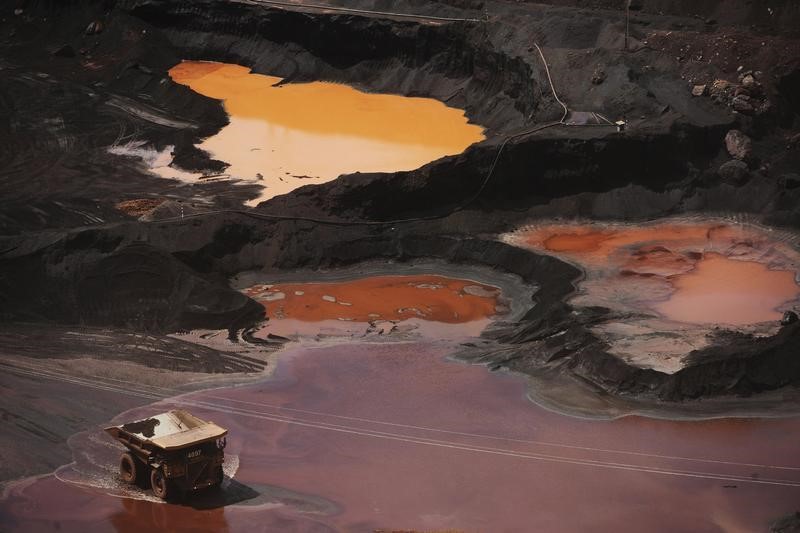Kingfisher (LON:KGF) Mining Ltd (ASX:KFM) has identified two new zones prospective for rare earth element (REE) mineralisation at the Mick Well Project in WA, leveraging an Exploration Incentive Scheme (EIS) grant to co-fund a drilling program.
The first drill hole, MWDD001, struck a new lode of REE mineralisation. This is the first evidence of mineralisation in this area, as no previous surface or drilling efforts had indicated its presence until now.
MWDD002 hit more than 200 metres of broad, intense potassic and epidote alteration zone, which are known to occur on the margins of carbonatite intrusion complexes, one of the main sources of REE mineralisation.
Potential for lithium, gold and base metals
“We are very pleased with the results of the recently completed co-funded drill program,” Kingfisher Mining non-executive chair Warren Hallam said.
“MWDD001 intersected a new undiscovered REE lode approximately 250 metres from our previous drilling and represents the presence of blind targets.
“MWDD002 intersected greater than 200 metres of broad zones of epidote and potassic alteration which can be used a vector towards the carbonatite mineralisation.
“The abundance of pegmatites along with chalcopyrite and pyrite disseminated sulphides are encouraging and will be analysed for base metals, gold and lithium. Sulphides are known to be often associated with REE mineralisation.
“Kingfisher would also like to acknowledge the support that DEMIRS has provided through the EIS program.”
KFM says its drilling program intersected a complex geological area of disseminated copper sulphides, quartz veining and multiple pegmatites which offer gold, lithium and base metal potential.
The company will use Hy-Logger hyperspectral scanning as part of the EIS program to glean further information about the geology there and vector toward broader REE mineralisation.
